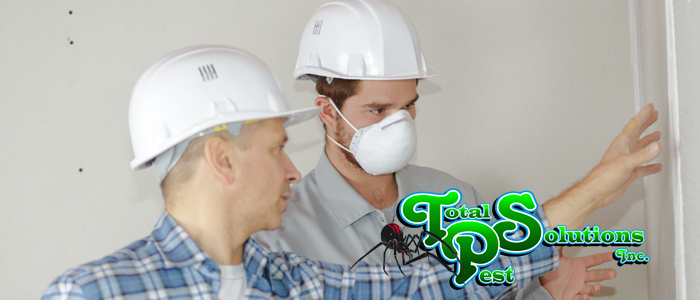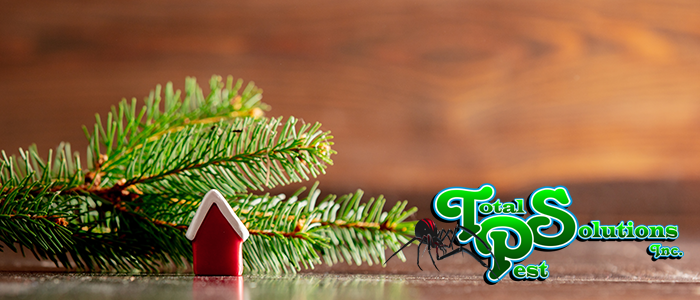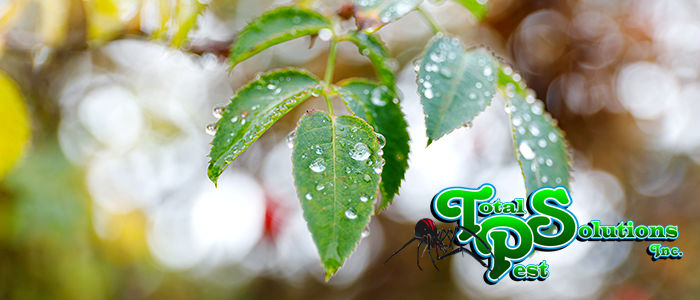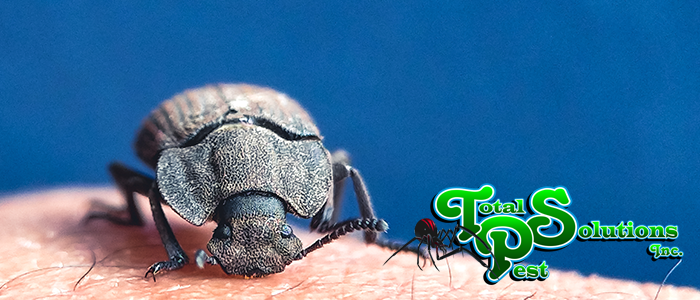
You just found out that you have drywood termites…and that you have to tent your house. Homeowners (rightly) consider termite fumigation an annoyance, but there are some ways to make preparation for fumigation easier. Read on to learn all about preparing for termite tenting.
What is Termite Tenting?
Tenting is the term used to refer to when pest removal specialists use tarps to enclose a home. They do this so that they can effectively fumigate the termites that are living in and eating the structure of a home.
Once the house is tented, a fumigant can be released inside. This is a gas that is released into the air that contains pesticide agents. The fumigants replace the oxygen the termites are breathing and depletes them of air, as well as attacking their nervous system.
The entire fumigation process can take up to 72 hours, depending on the size of the house. Although there are special tools that pest control employees use to ensure that the fumigant has aerated out of the house, many people prefer to stay out of the house for 24-48 hours after it has been cleared by professionals. This wait time is especially common if there are animals or young children in the equation.
So How Do I Prepare For Tenting?
There is no one way to prepare your house for fumigation – your house is not exactly like anybody else’s. However, there are some key tips and tricks that you and your family can use to prepare your home.
- Anything that is consumable – for animals or humans – should be removed from the house. This includes food, drinks, tobacco or other substances you may be ingesting, and medicine. If the food still has the production seal on it or is in an air-tight container, it will likely be fine. However, many people prefer to remove those things anyway, just for peace of mind.
- The same treatment goes toward other things that you will be applying to your bare skin. Items such as soap, makeup, baby powder, and feminine hygiene products also need to be sealed away or removed.
- Make sure that all living things (except for the termites) are out of the house. This includes your family, pets, and even your houseplants! Fumigants can impact plants as well as those nasty termites, so make sure that the tent can cover your house without covering your landscaping. To guarantee that shrubbery does not get caught in the tent, trim it back and make sure that the roots are well-watered.
- If you have natural gas that you use in your house, or even just on your property, schedule with your gas company to turn off the gas line 24 hours before fumigation starts. This is primarily for the health of the pest removal professionals, as well as the safety of your home.
- Talk to your fumigator! Ask your fumigator what they need from you for the fumigation to be successful. Most fumigation teams have at least one member who has worked in the field for a while. They’re the people who have seen the aftermath of bad fumigation prep, so they can tell you what to avoid.
continue reading
Related Posts
Pre-Holiday Pest Inspections in Lakeland: Safeguarding Seasonal Decor As the
Winter Haven Shrub Diseases: Spotting & Treating Fungal Infections Winter
Haines City’s Fall Palmetto Bug Surge: Sealing Entry Points As






